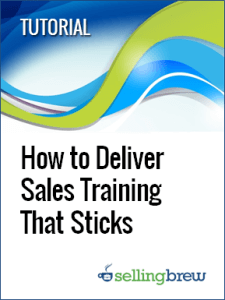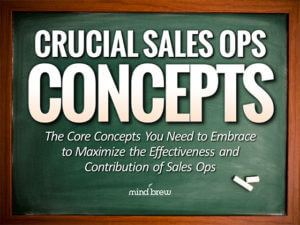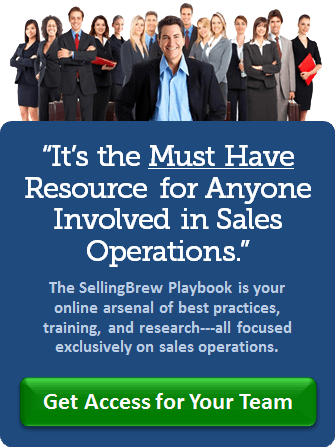Way back in 1985, Pierre Wack wrote in Harvard Business Review:
Forecasts are not always wrong; more often than not, they can be reasonably accurate. And that is what makes them so dangerous.
Why is an accurate forecast dangerous?
Many forecasts are based solely on historical data. They assume that what happens next month or next quarter or next year will be a lot like what happened last month or last quarter or last year. Most of the time those forecasts are pretty good. And that can lull you into a false assumption that things will always keep going the way they have in the past.
But if you were relying on those kind of historical forecasts for this month or this quarter, you’ve learned the hard way that historical forecasting falls apart when the unexpected happens.
It would have been impossible to predict a year ago that unemployment would skyrocket and our economy would be heading into a recession because of a global pandemic. Even if you were creating forecasts back in January, you probably wouldn’t have assumed that by March many businesses across the country would telling employees to work from home or shutting their doors.
However, if you had a data-driven forecasting system that was updated on a daily, weekly, or bi-weekly basis, you might have had a few weeks to prepare for what was coming. We’ve heard of companies, for example, that began anticipating in February that sales for their industry would be down by as much as 30 percent in the first quarter and as much as half in the second quarter. Time will tell how accurate those forecasts prove to be, but the early notice allowed management to plan what steps would be necessary to ensure that the company stayed in business and how to minimize the negative effects on the workforce.
That’s the real benefit of an accurate forecast — time to plan.
A good sales forecast needs to be much more than just a sales goal. It’s a little like the difference between reading the farmer’s almanac and looking at the weather app on your phone. The farmer’s almanac might give you a good general idea of when the right time is to start planting crops or whether the winter is going to be cold or mild. But it can’t tell you when to take an umbrella. For that, the app is going to be much more helpful. It can probably tell you to the minute when it is going to rain in your neighborhood.
A sales goal is little like the almanac. It has your best guesses as to whether it will be a good or bad year. But your forecasting should be a lot more like that weather app. It should give you a picture of what is going to happen that is as up-to-date as possible. It can — and should — change as circumstances change and unexpected events occur.
We cover forecasting in a lot more detail in the webinar on Developing Better Forecasts. It explains a variety of approaches for developing data-driven, responsive forecasts that you can refresh frequently so you and your company can be better prepared for inevitable surprises.
If your sales forecast fell apart this spring, that’s ok. We expect that a whole lot of companies didn’t have much time to plan for the pandemic. Don’t beat yourself up, but do use this experience as an opportunity to get better at forecasting so that you are better prepared for the next crisis.
We hope that you and your families are well. Stay safe!











